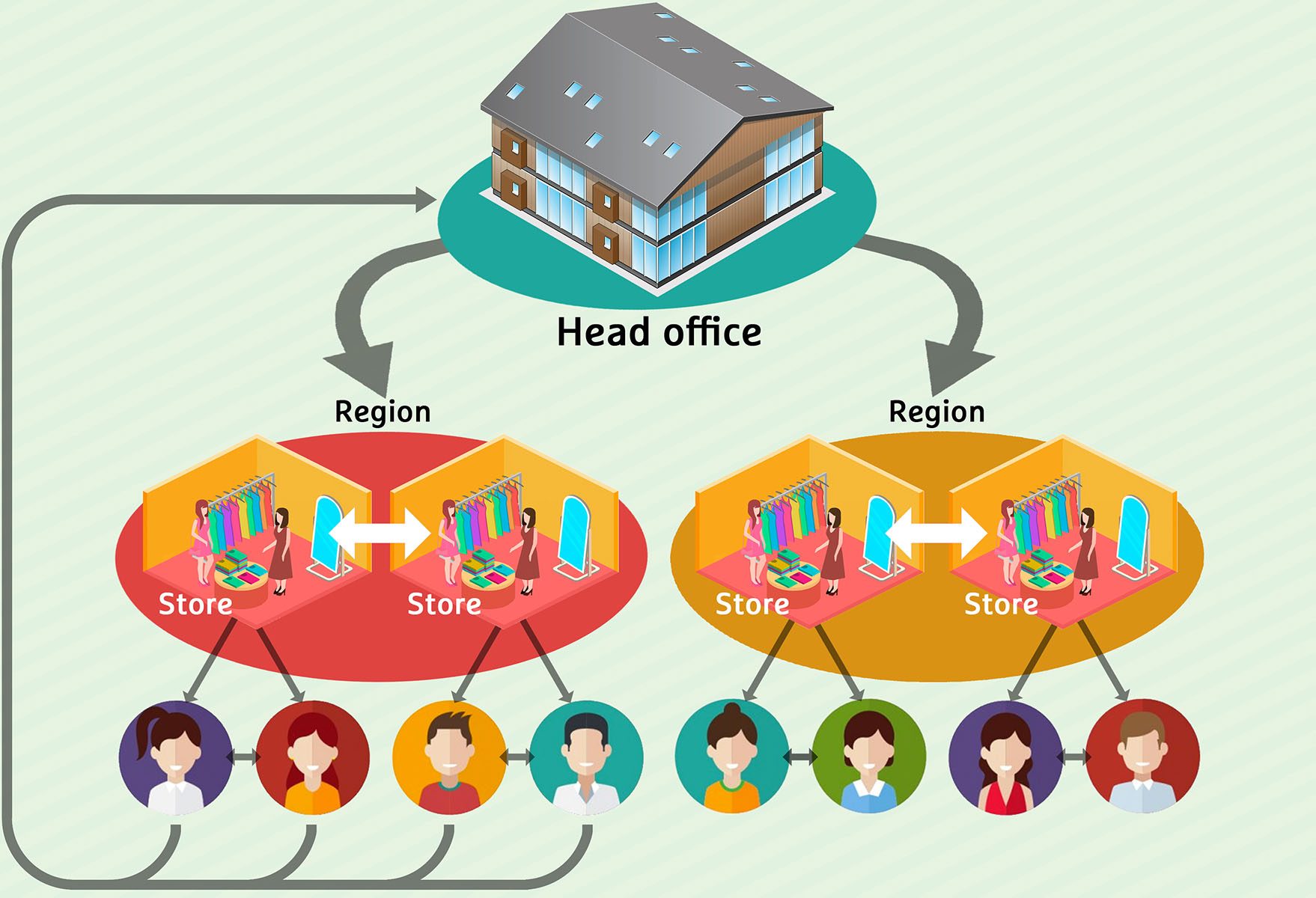The holiday season is a time for giving. Clever marketing campaigns that rely on sentiment and nostalgia instil a sense of communal generosity. More attention is brought to people in need and we often find ourselves with a yearning to help.
Because of this, Christmas is an excellent time for charities to encourage feelings of goodwill and capitalise on the festive spirit. There are numerous things charities already do to boost donations around the holidays such as selling Christmas cards, encouraging re-gifting and running Christmas themed marketing campaigns.
But in what ways can charities be more innovative and keep customers, volunteers and donors engaged over the busy holiday period?
Here are just a few ideas:
Offer a wrapping service
We see various retailers offer wrapping services for an extra charge, yet very few charity shops choose to do it themselves. Charity shops have a plethora of great gifts from vintage clothes, to antiques, to vinyl records; any one of which could make fantastic presents for friends and family. Simply asking customers if they would like their items gift wrapped would be a fantastic way to make a bit of extra money.
Contact local businesses
Many businesses already partake in charity events, and Christmas can be an excellent opportunity to reconnect with local supporters. Reaching out to local businesses in the area reminds them of your charity’s presence and all the great work you do for the community. Focusing your communication on a specific Christmas appeal can really boost revenue, especially when coupled with an offer of a specific thanks to the company as part of a charity newsletter, display in a local shop, or even a short article in a local newspaper.
Intermittent volunteers
Let people know that volunteering just for a day, even for a couple of hours, is still very beneficial for your store. While they have time off over the Christmas period, people may be more inclined to lend a helping hand where they can. Assigning tasks such as picking up donations, wrapping presents or organising stock are all time consuming but essential tasks that require little training to be completed – perfect for someone who can only volunteer for a day or two!
Christmas sales
Every retailer has a Christmas sale and it’s one of the best ways to attract people into store. Having discounts before and after Christmas will increase footfall as well as enable you to clear out old stock in time for the New Year. This can easily be done by marking items with a specific sticker to indicate which items are on sale so there’s no need to spend time repricing goods.
Additional pick-up services
Services that pick-up donations from donors’ houses have been proven to increase the number of overall donations and improve Gift Aid contributions. Christmas is a busy time of the year for all so people will have less time to take unwanted items into store. However, they are more likely to have unwanted items to donate with many having a Christmas clear-out to make way for their new belongings. Putting on extra services where needed, for example at weekends when UK taxpayers are most likely to be home, is going to be more convenient for donors and encourage further giving.
As the Christmas season unfolds festive spirit is only going to increase. Thinking outside the box will contribute to building brand loyalty and maximising engagement, and keeping ideas fresh will help to increase donations and potential volunteers. Not all of these ideas will work for everyone, but picking one or two to focus on will help make sure that you and your charity really do make the most of Christmas.



